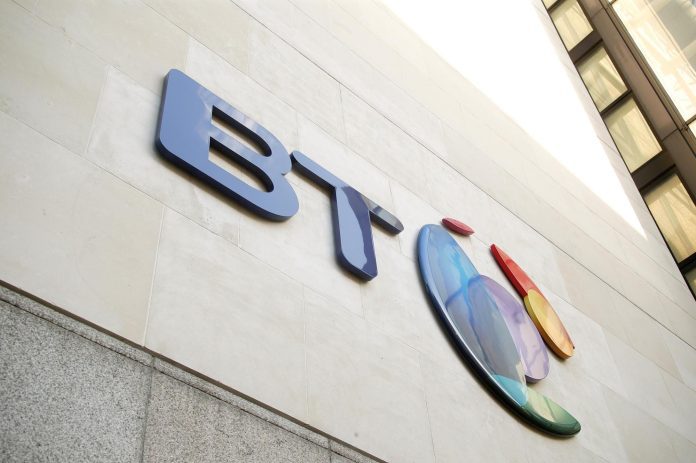Last year, BT and Nokia announced 5G SA 4CC CA downlink
U.K. telco BT and Nokia announced the successful uplink aggregation of two component carriers in a live 5G Standalone (SA) network.
Last year, BT and Nokia announced 5G SA 4CC CA downlink. Now, by achieving both 5G SA 2CC CA uplink and 4CC CA downlink simultaneously, BT said it can deliver significant uplift in connections’ performance from the device to the network by increasing throughput and capacity.
The tests were conducted at BT Group’s facility in Adastral Park, U.K., using Nokia’s 5G AirScale portfolio and a device powered by a Snapdragon 5G Modem-RF System from Qualcomm Technologies, following initial lab-based trials. Speeds of over 230 Mbps in the uplink were reached — when including the wider 5G FDD carrier at 40 megahertz in 2.60 GHz — as well as over 1 Gbps in the downlink. The demonstration was conducted with 15, 30 and 40 megahertz NR2600 carrier independently aggregated with a 40 megahertz carrier component.
The U.K. carrier noted that this trial is part of BT Group’s efforts to ensure a high-performance 5G offering when 5G SA services are launched over its local mobile operator EE.
Greg McCall, chief networks officer at BT Group, said: “Carrier aggregation will be key to delivering the very best 5G experience to our customers, with this latest trial in partnership with Nokia demonstrating significant performance increases in terms of uplink speeds. This builds on last year’s success of achieving 4CA in 5G SA downlink, and we look forward to achieving further milestones in this space as we continue to progress towards 5G SA.”
“Multi-component carrier aggregation helps mobile operators to maximize their radio network assets and provide the highest 5G data rates to subscribers in more locations,” said Mark Atkinson, SVP of radio access networks PLM at Nokia.
Enrico Salvatori, senior vice president and president of Qualcomm Europe, noted that 2CC uplink carrier aggregation is expected to improve uplink speeds by up to two times, to give a better user experience overall. “Consumers would potentially be able to upload and share higher quality videos faster online, such as when attending concerts and when watching and streaming games online,” he said.
BT Group and Qualcomm recently launched a new 5G laboratory in the U.K., located at Qualcomm Technologies’ offices in Farnborough. The 5G test lab will have BT Group’s live environment installed.
While the companies have not disclosed many details regarding which technologies and use cases are being explored at the new lab, they did state that enabling faster deployment and commercialization of 5G features and services is a key focus.
EE had previously announced its 5G network has already reached 60% population coverage in the country. EE initially launched 5G technology in London, Edinburgh, Belfast, Cardiff, Birmingham and Manchester in 2019. Other large cities in which the telco offers 5G coverage includes Bristol, Covently, Hull, Leeds, Leicester, Liverpool, Newcastle, Nottingham, Sheffield and Sunderland.

